New Definition of Neoprotereunetes Fain et Camerik, Its Distribution and Description of the New Genus in Eupodidae (Acariformes: Prostigmata: Eupodoidea)
- PMID: 37444011
- PMCID: PMC10340081
- DOI: 10.3390/ani13132213
New Definition of Neoprotereunetes Fain et Camerik, Its Distribution and Description of the New Genus in Eupodidae (Acariformes: Prostigmata: Eupodoidea)
Erratum in
-
Correction: Laniecki, R.; Magowski, W.L. New Definition of Neoprotereunetes Fain et Camerik, Its Distribution and Description of the New Genus in Eupodidae (Acariformes: Prostigmata: Eupodoidea). Animals 2023, 13, 2213.Animals (Basel). 2023 Dec 6;13(24):3761. doi: 10.3390/ani13243761. Animals (Basel). 2023. PMID: 38136928 Free PMC article.
Abstract
The genus Neoprotereunetes Fain et Camerik, 1994 is revised and its definition is extended in order to incorporate some species of the invalid genus Protereunetes Berlese, 1923. The former type species Neoprotereunetes-Ereunetes lapidarius Oudemans, 1906 is redescribed and transferred to Filieupodes Jesionowska, 2010 (Cocceupodidae); Proterunetes boerneri is redescribed and designated the new type species. Two species groups are proposed to embrace Arctic and Antarctic species, respectively. Protereunetes paulinae Gless, 1972 is redescribed, whereas Protereunetes maudae Strandtmann, 1967 is redescribed and designated the type species of the new genus Antarcteupodes gen. nov. A key to the species of Neopretereunetes is provided.
Keywords: Acari; Protereunetes; biogeography; polar regions; taxonomy.
Conflict of interest statement
The authors declare no conflict of interest.
Figures
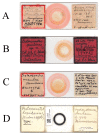
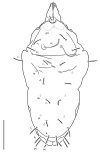

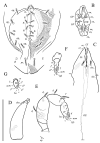
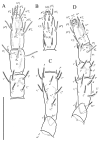



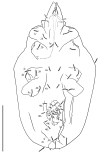
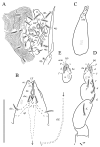



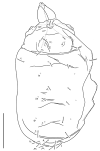

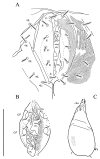
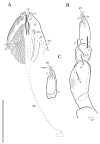

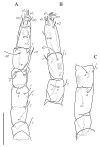
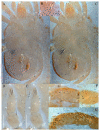
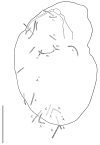



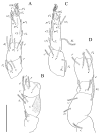
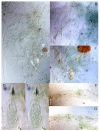
References
-
- Krantz G.W., Walter D.E. A Manual of Acarology. 3rd ed. Texas Tech University Press; Lubbock, TX, USA: 2009. p. 807.
-
- Baker A.S., Lindquist E.E. Aethosolenia laselvensis gen. n., sp. n., a new eupodoid mite from Costa Rica (Acari: Prostigmata) [(accessed on 1 November 2022)];Syst. Appl. Acarol. Spec. Publ. 2002 11:1–11. doi: 10.11158/saasp.11.1.1. Available online: https://www.nhm.ac.uk/hosted-sites/acarology/saas/saasp/2002/saasp11.pdf. - DOI
-
- Jesionowska K. Cocceupodidae, a new family of eupodoid mites, with description of a new genus and two new species from Poland. Part I. (Acari: Prostigmata: Eupodoidea) Genus. 2010;21:637–658.
-
- Gless E.E. Life cycle studies of some Antarctic mites and description of a new species, Protereunetes paulinae (Acari: Eupodidae) Antarct. Res. Ser. Wash. 1972;20:289–306.
LinkOut - more resources
Full Text Sources

